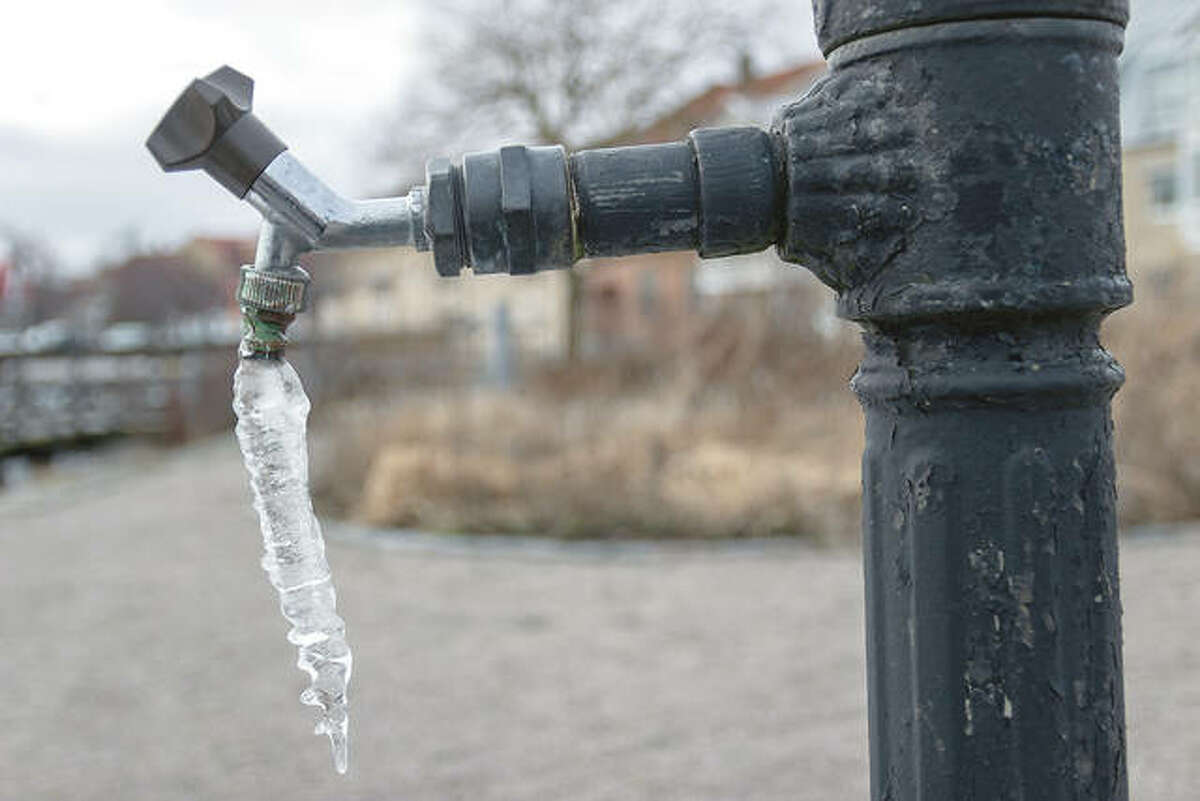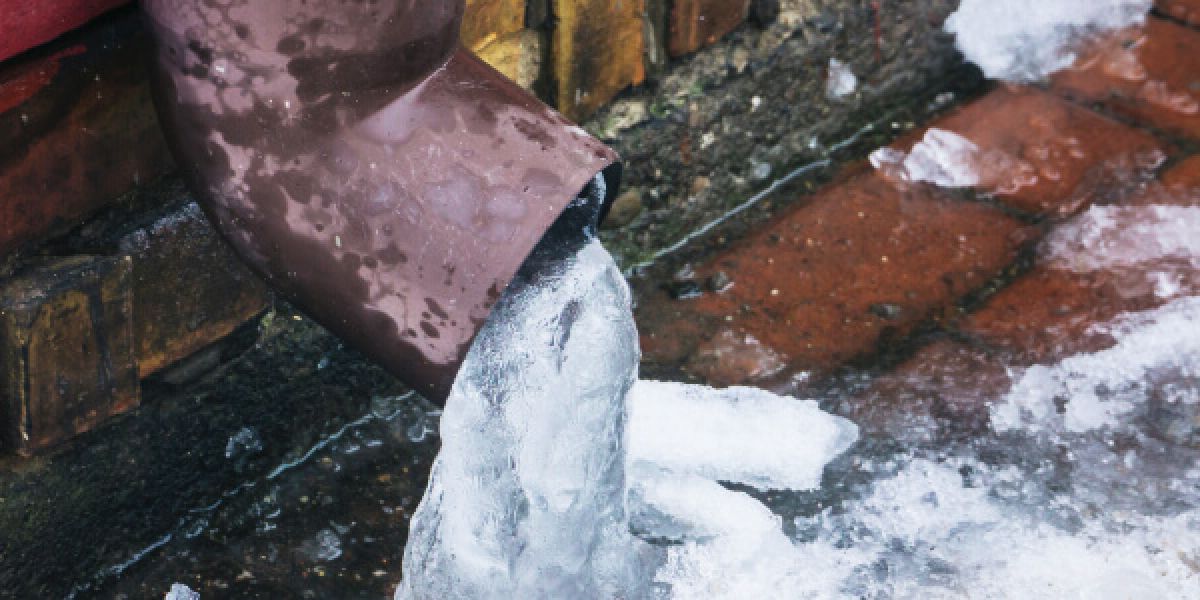Protecting Against Frozen Pipes in Cold Weather: Pro Tips
Protecting Against Frozen Pipes in Cold Weather: Pro Tips
Blog Article
We have found this post relating to How to Prevent Your Pipes From Freezing down the page on the net and believe it made good sense to discuss it with you on this page.

Cold weather can wreak havoc on your plumbing, especially by freezing pipelines. Here's just how to stop it from happening and what to do if it does.
Introduction
As temperature levels decline, the threat of icy pipelines boosts, potentially resulting in expensive repair work and water damage. Comprehending how to prevent frozen pipelines is critical for house owners in chilly climates.
Recognizing Icy Pipelines
What causes pipelines to ice up?
Pipelines freeze when subjected to temperature levels below 32 ° F (0 ° C) for extended durations. As water inside the pipelines freezes, it expands, taxing the pipe wall surfaces and potentially causing them to burst.
Threats and damages
Icy pipes can result in supply of water interruptions, residential or commercial property damages, and expensive repairs. Burst pipes can flooding homes and trigger comprehensive architectural damage.
Indicators of Frozen Piping
Determining icy pipes early can avoid them from breaking.
Just how to determine icy pipelines
Search for decreased water circulation from taps, uncommon smells or sounds from pipelines, and visible frost on subjected pipelines.
Avoidance Tips
Shielding susceptible pipes
Cover pipelines in insulation sleeves or make use of warmth tape to protect them from freezing temperatures. Focus on pipes in unheated or outside locations of the home.
Home heating strategies
Maintain indoor rooms appropriately warmed, particularly areas with plumbing. Open up cupboard doors to enable cozy air to circulate around pipelines under sinks.
Safeguarding Outside Plumbing
Yard hose pipes and outdoor taps
Detach and drain garden pipes before wintertime. Install frost-proof faucets or cover outdoor faucets with insulated caps.
What to Do If Your Pipelines Freeze
Immediate actions to take
If you presume icy pipelines, keep taps open to eliminate stress as the ice thaws. Make use of a hairdryer or towels soaked in hot water to thaw pipelines gradually.
Long-Term Solutions
Architectural adjustments
Consider rerouting pipes far from exterior walls or unheated locations. Add added insulation to attic rooms, cellars, and crawl spaces.
Updating insulation
Invest in high-grade insulation for pipelines, attic rooms, and wall surfaces. Appropriate insulation assists preserve consistent temperatures and minimizes the threat of icy pipelines.
Verdict
Protecting against icy pipes requires proactive actions and fast actions. By recognizing the reasons, indications, and preventive measures, house owners can safeguard their pipes throughout winter.
5 Ways to Prevent Frozen Pipes
Drain Outdoor Faucets and Disconnect Hoses
First, close the shut-off valve that controls the flow of water in the pipe to your outdoor faucet. Then, head outside to disconnect and drain your hose and open the outdoor faucet to allow the water to completely drain out of the line. Turn off the faucet when done. Finally, head back to the shut-off valve and drain the remaining water inside the pipe into a bucket or container. Additionally, if you have a home irrigation system, you should consider hiring an expert to clear the system of water each year.
Insulate Pipes
One of the best and most cost-effective methods for preventing frozen water pipes is to wrap your pipes with insulation. This is especially important for areas in your home that aren’t exposed to heat, such as an attic. We suggest using foam sleeves, which can typically be found at your local hardware store.
Keep Heat Running at 65
Your pipes are located inside your walls, and the temperature there is much colder than the rest of the house. To prevent your pipes from freezing, The Insurance Information Institute suggests that you keep your home heated to at least 65 degrees, even when traveling. You may want to invest in smart devices that can keep an eye on the temperature in your home while you’re away.
Leave Water Dripping
Moving water — even a small trickle — can prevent ice from forming inside your pipes. When freezing temps are imminent, start a drip of water from all faucets that serve exposed pipes. Leaving a few faucets running will also help relieve pressure inside the pipes and help prevent a rupture if the water inside freezes.
Open Cupboard Doors
Warm your kitchen and bathroom pipes by opening cupboards and vanities. You should also leave your interior doors ajar to help warm air circulate evenly throughout your home.

I stumbled upon that piece on Helpful Tips to Prevent Frozen Pipes this Winter when doing a search on the internet. So long as you appreciated our blog posting plz do not forget to pass it around. I truly appreciate your readership.
Go Company Report this page